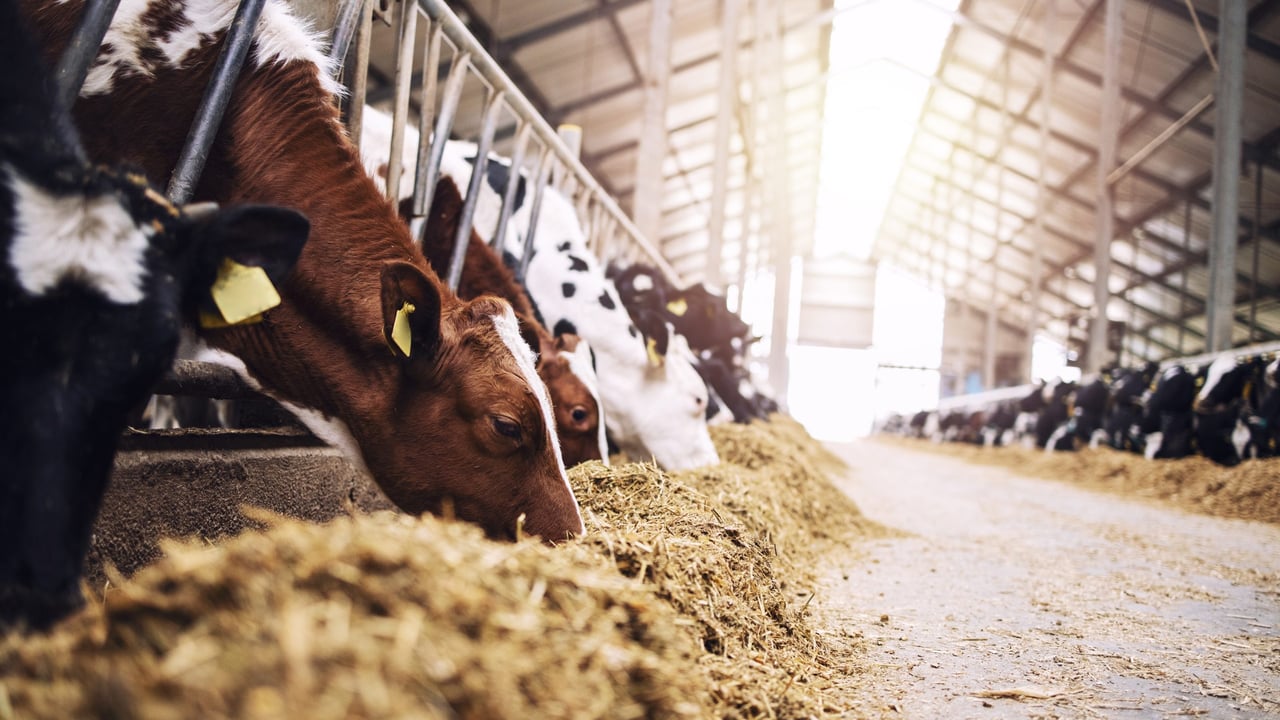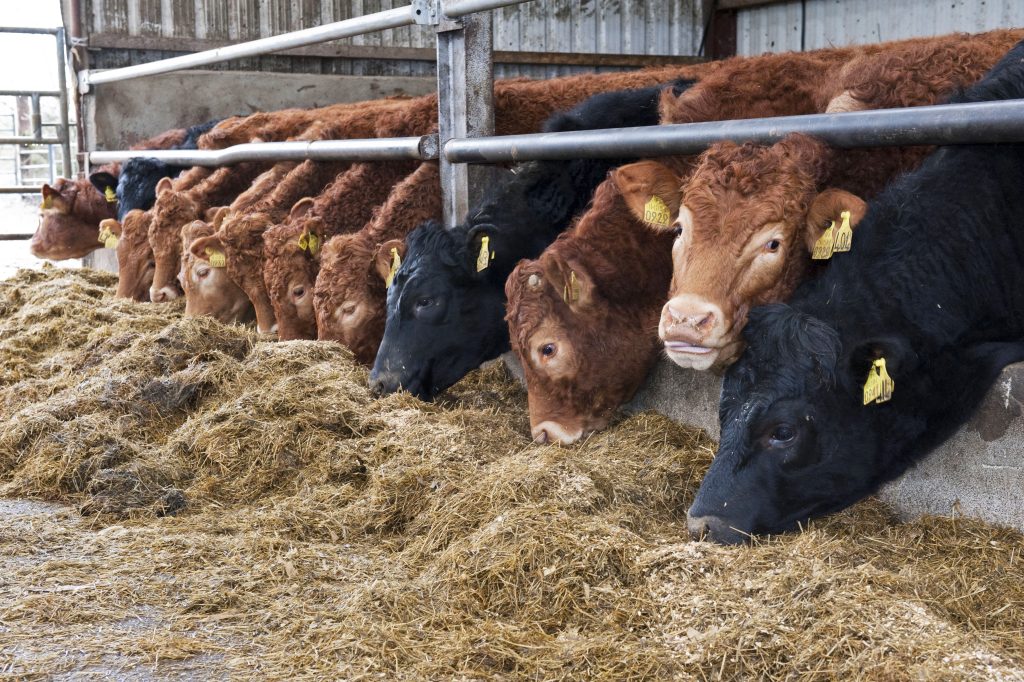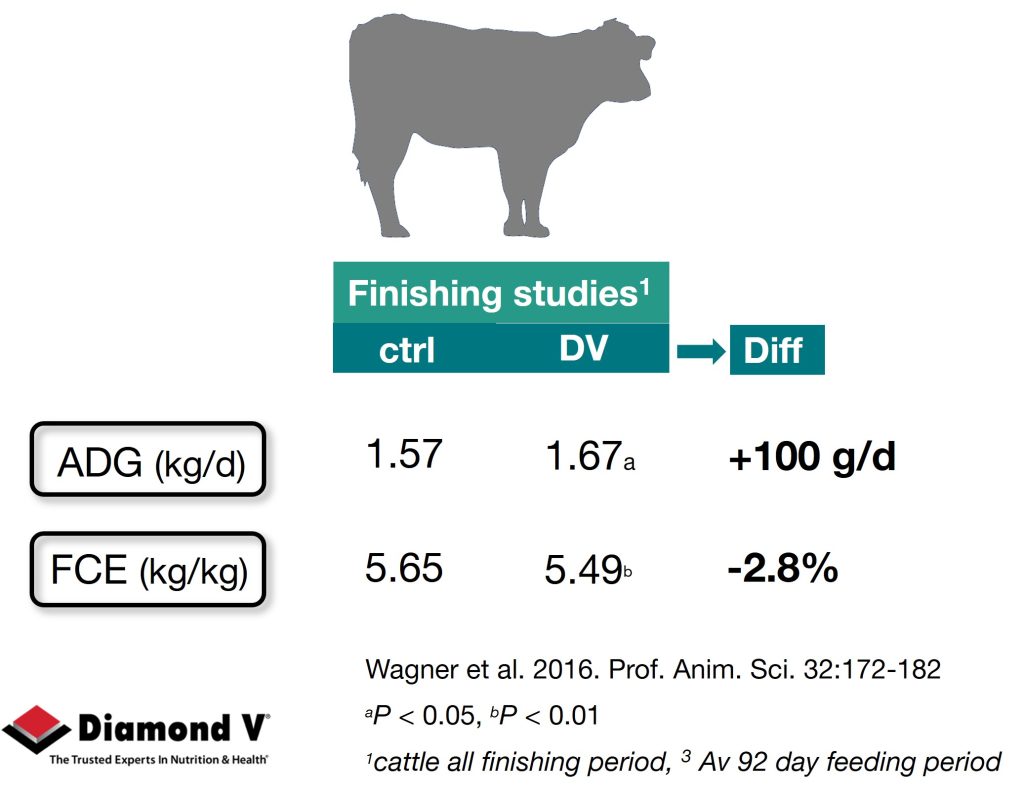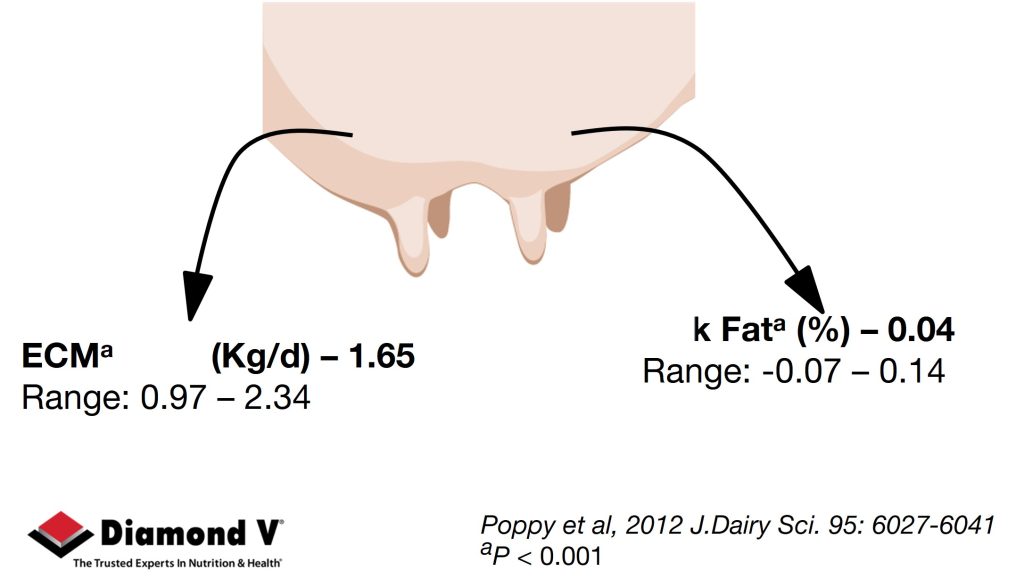Sponsored Article
A gem of help to maximise feed value in winter and spring rations
Sponsored Article

Maximising the feed value from homegrown forages and cereals in dairy and beef diets with the help of a specialised rumen buffer and a proven postbiotic product pays dividends.
According to Cargill’s ruminant adviser Michael Luttrell, "Homegrown forages have more potential that can be tapped into as we formulate winter and spring rations.
“If we unleash this ‘extra’ energy and add feed value from forages, we can support more milk production and weight gain.
"Or, put another way, yields and weight gain targets can be maintained on a lower cost diet where rationing is carefully planned.”
He also highlights the value of cereals in beef and dairy diets, particularly as prices are more favourable for cattle farmers this year.
“But it is crucial to balance these rations carefully and include a good rumen buffer and/or postbiotic products to maximise their feed value and performance,” he added.
Ration planning is key as we move into winter feeding. The starting point in any rationing process is the forage analysis data.
“Farmers must get their forages tested early, once well fermented, so the diet can then be balanced by the nutritionist to support the target milk yield for dairy cows and weight gain for beef cattle," Luttrell said.
“This doesn’t give us all the answers though. How eagerly the cows are eating the forages and the results - milk yield or weight gain - will be a good indication of its palatability and digestibility.
"If the forage is indigestible, intakes will be poor, and performance limited. Trust what the cows tell you.”
Added feed value
Specialised rumen buffers play a major role in helping to extract feed value from forages and promoting a balanced ration.
Cargill’s feed additive lead Nick Berni said: “They can make a significant difference. Rumen buffers are an important part of the toolkit when it comes to maximising the feed value in forages cost-effectively and balancing the ration.
“A good quality rumen buffer will keep rumen acidity under control and allow digestion to continue. It will help to mitigate the risks of acidosis.”
Cargill’s Equaliser Fibre+ is proven to be very powerful in keeping acidity under control and allowing the rumen microbes to continue their job of fibre digestion.
These fibre digestion bacteria get an added boost from the inclusion of the postbiotic Diamond V XP in Equaliser Fibre+.
The rumen buffer can be added to the total mixed ration (TMR). Or, if the ration is bought-in from a feed mill, the inclusion of Diamond V XPC or Equaliser Fibre+ can be requested.
Consistent improvements in milk yield, milk quality, weaning weight and daily weight gains have been seen in trials on dairy and beef units where Diamond V XPC is included in the diet.
In practical farm trials, it has been shown to increase the yield of energy from forage fibre by 12% and improve milk yield by 1.34kg/cow/day.
Luttrell said: “We can see visible proof of its effectiveness in manure consistency. Dung from diets including Equaliser Fibre+ is less fibrous, proving more has been broken down and energy has been released that can be used in milk production or growth.
“Although this tends to be more visible when forages are higher fibre, the performance benefits are seen even when forages are of good quality.
“Therefore, it is a practical way of getting more nutrition from your own home-grown feed. And its effectiveness is proven in results from work that shows the same extra energy yield across a wide range of forages.”
He added that with milk and beef prices being relatively strong, fine tuning and improving the diet will be cost-effective, and can help to mitigate the risks of acidosis and associated lameness risks associated with acidic and high starch diets.
Diamond V XPC is a postbiotic feed additive formed from anaerobic fermentation of the yeast species Saccharomyces cerevisiae.
Postbiotics like XPC work synergistically with other carefully selected ingredients in a range of Cargill specialised feed products and buffers, including Equaliser Fibre+.
The key benefits of Diamond XPC in rumen diets are:
- Improved feed efficiency: Better fibre digestion and VFA production
- Higher milk yield and components: Especially during transition and lactation
- Reduced risk of SARA: Stabilises rumen microbiota under dietary stress
- Enhanced immune resilience: Especially during stress periods (e.g., calving, diet changes)
In peer reviewed studies, consistent improvements in milk yield and milk fat have been recorded in dairy cattle.
In beef cattle, where Diamond V XPC has been included in the diet, consistent benefits in daily weight gain and feed efficiency have been recorded at all growth stages.
These are shown in Figure 1 where this probiotic added 100g a day in finished beef, and improved feed conversion by 2.8%, and Figure 2, where the inclusion of Diamond V XPC showed an increase of 1.65kg a day in energy corrected milk.
Feed management
Maximising feed value from the ration also requires good feeding protocols.
Cattle will eat more of a fresh feed that is consistent and well-mixed. Sorting and stale feed do not encourage intakes.
And however good the ration is, it must be easily accessible with plenty of feed space per cow and spacious passageways from the lying area to the feed.
Looking ahead, growing better quality forages will also boost production of milk and meat from home grown crops.
Luttrell stressed: “It doesn’t cost much more in total to use better quality seed and to grow a better crop than a poor quality forage, but if milk from forage can be increased, considerable savings can be made on purchased feed costs.
"An increase in milk from forage of 1,000L is estimated to allow for a drop in concentrate use of 500kg - or 0.5t/cow.”
Sponsored Article








